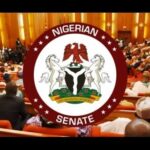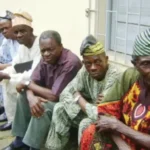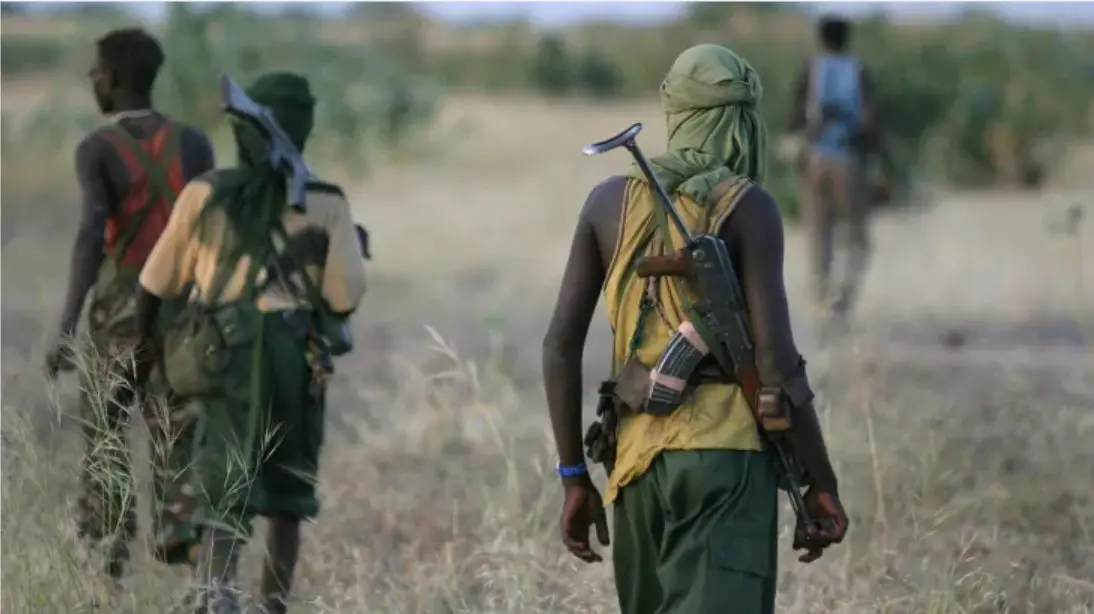Despite billions of naira spent yearly to cushion hardship, a new World Bank report has revealed that only 44 per cent of total benefits from Nigeria’s social safety-net programmes actually reached the poor.
In its latest report titled: “The State of Social Safety Nets in Nigeria” as obtained on Tuesday, the Bank said most of the funds allocated to government welfare schemes fail to reach those who need them most due to poor targeting, weak funding, and fragmented implementation.
The November 2025 report assessed Nigeria’s spending on social protection, measuring their coverage and efficiency, and concluded that millions of vulnerable citizens remain without meaningful relief despite the government’s repeated promises to reduce poverty.
Recently, the Minister of Finance and Coordinating Minister of the Economy, Wale Edun, announced that the federal government was targeting 15 million households, covering about 70 million people, through the digital cash-grant scheme.
He disclosed that about 8.5 million households have already received at least one tranche of the ₦25,000 payment, while the remaining 6.5 million households are expected to be paid before year-end.
Despite this, the World Bank described Nigeria’s social safety-net spending as inefficient, noting that while 56 per cent of beneficiaries are poor, they receive only 44 per cent of total benefits.
This imbalance, the report explained, results from allocating a flat amount per household rather than per person, which leaves larger poor families with less per head.
In contrast, programmes like the National Home-Grown School Feeding Programme (NHGSFP), targeting individuals are less affected, but currently reach only pupils in grades one to three and lack full national coverage.
The Bank further noted that Nigeria spends just 0.14 per cent of its Gross Domestic Product on social protection, far below the global average of 1.5 per cent and the Sub-Saharan African average of 1.1 per cent.
This low spending, it warned, has had “almost no impact” on poverty reduction, with existing programmes cutting the national poverty headcount by just 0.4 percentage points.
It also raised concern over Nigeria’s heavy dependence on foreign donors, revealing that between 2015 and 2021, official development assistance made up about 60 per cent of federal safety-net funding, with the World Bank itself providing over 90 per cent of that support.
“There is an urgent need for Nigeria to find fiscal space for sustainable social safety-net programming,” the Bank cautioned.
Still, the report acknowledged progress under the National Social Safety Nets Programme (NASSP), which uses the National Social Registry (NSR) to identify poor households. Among beneficiaries, the programme reduced poverty by 4.3 percentage points and the poverty gap by 4.2 percentage points—almost ten times more effective than other welfare schemes.
With over 85 million individuals already captured, the NSR, now the largest database of its kind in Sub-Saharan Africa, offers what the Bank describes as “a ready-made platform” for more accurate and transparent delivery of social assistance in Nigeria.
WARNING: If You Are Not 18+, Don’t Click The Link Below 👇🫣
https://massivemanuscriptestimated.com/kx6iepv2qm?key=6c14bd1d68e1eba721851f19778f5efe
Please don’t forget to “Allow the notification” so you will be the first to get our gist when we publish it.
Drop your comment in the section below, and don’t forget to share the post.
Never Miss A Single News Or Gist, Kindly Join Us On WhatsApp Channel:
https://whatsapp.com/channel/0029Vad8g81Eawdsio6INn3B
Telegram Channel:
https://t.me/gistsmateNG










